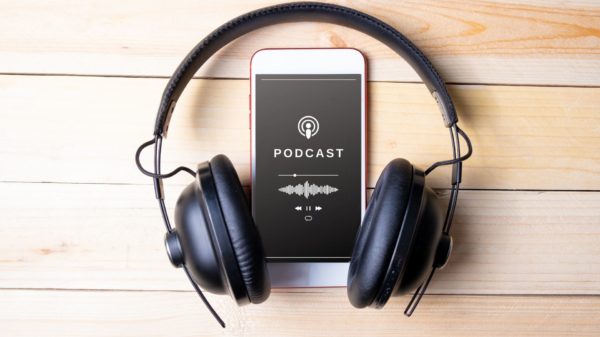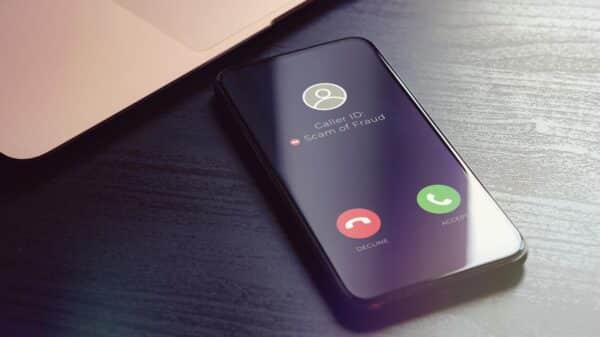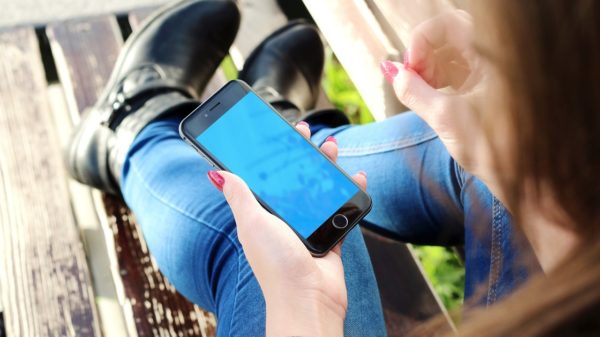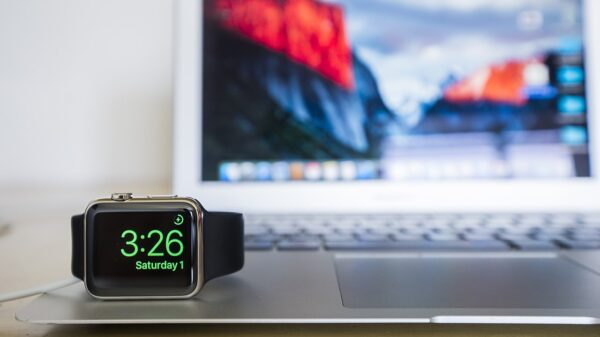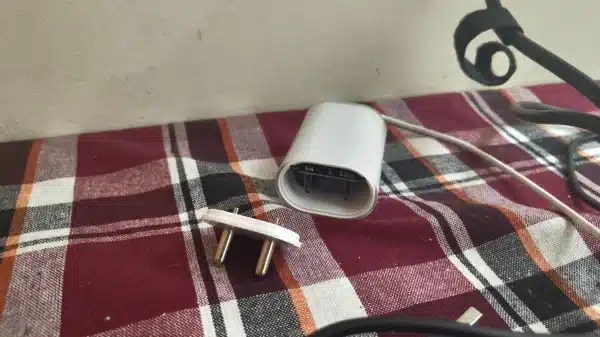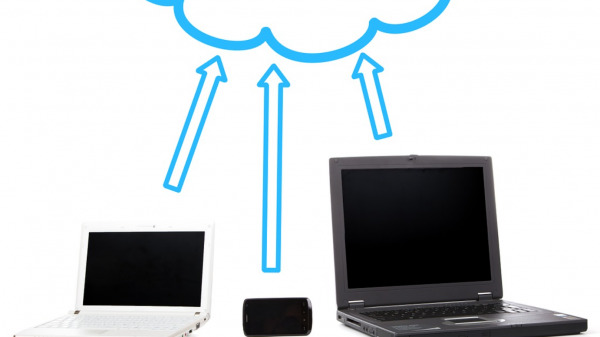We all have that moment where we’re huddled in our living rooms and can’t get enough of Netflix. The episode is almost over, and you’re waiting for the next episode to load. Or maybe you need to send an email with a big file attachment, but it’s taking too long to load on your computer. What gives? A few things could slow down your internet speed and potentially affect your online experience. In this post, we’ll talk about some common issues and how you can address them so that you get the best speeds possible.
Check your internet speed
As the saying goes, you only get what you pay for, which also applies to your internet service. So if you are paying for a higher-end plan but aren’t getting it, call your ISP to see if there’s anything they can do about it. They may be able to upgrade your plan or give you a refund.
Use a speed test site
Use sites like Speedtest, Speedcheck, and Fast Internet Test to check your current connection speeds in different locations throughout the house and at other times of day (when everyone is streaming their favorite show). For example, suppose one location is slower than another (or on days when everyone is watching Netflix). In that case, those are good places to set up new Wi-Fi points around the house using Google Wi-Fi or Eero mesh routers so that everyone can access fast Wi-Fi; wherever they are in the house!
Optimize your connection
Here’s how to optimize your wireless connection:
- Use a wired connection, not a wireless one. The difference between the two is that with a wired connection, you plug in an ethernet cable from your router to your computer or gaming console; with a wireless connection, there’s no physical cable connecting them. Wireless connection is also less secure.
- If you’re using a desktop computer and your internet speed suddenly drops off, try switching to the wired option for at least 30 seconds. If it increases in speed, then use it full-time! This should make things easier for any streaming video or large downloads you need to do—and if not, move on to the following steps below.
Download updates en masse
- Don’t download updates one at a time.
- Don’t download updates while watching movies, talking on the phone, or gaming online.
- And don’t do anything else that uses bandwidth—including checking your email or browsing the web—while downloading those updates.
This can be a problem if you’re an online gamer or someone who makes frequent phone calls or video chats. One way around this is to schedule updates and downloads for times when they won’t interfere with your online activities.
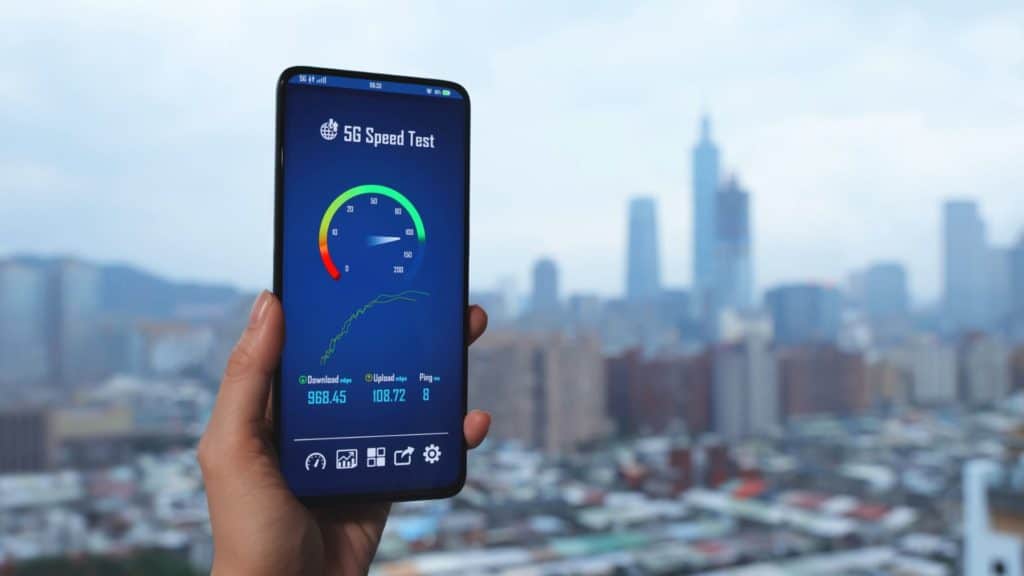
Reboot your router in a power cycle
After completing all the steps above, reboot your router in a power cycle. To do this, unplug your router for at least 10 seconds (it doesn’t have to be exactly 10 seconds, but this gives it time to power down). After 10 seconds, plug in and wait until it is fully booted up again. Then test your internet speed again using the suggested speed test tools and see if there is an improvement!
Study up on your encryption techniques
Enabling encryption on your computer and mobile devices is a powerful way to keep your data safe. The more encryption you have, the harder it is for other people to eavesdrop on your internet traffic. However, while this makes your connection more secure, it also slows down how fast data can travel from source to destination. This means that if you’re trying to watch videos or play games online, having an encrypted connection may make them difficult or impossible for you to do so smoothly and quickly (and vice versa).


















